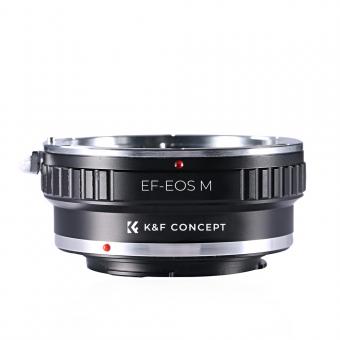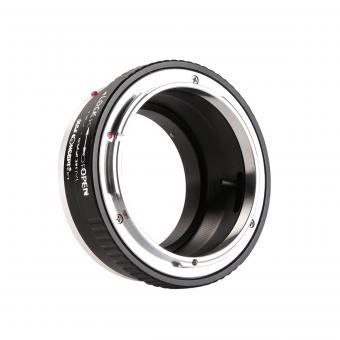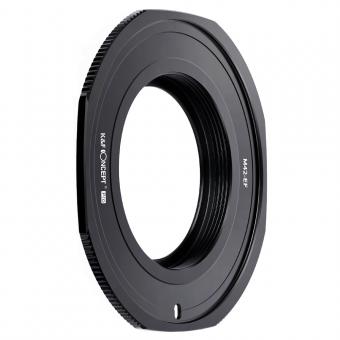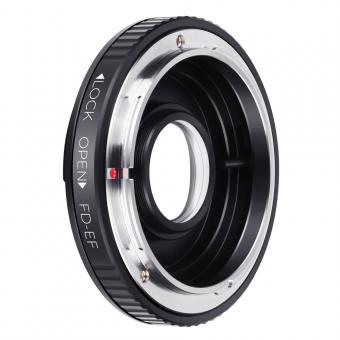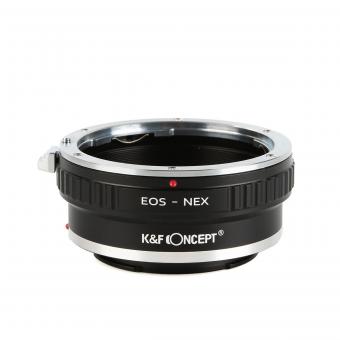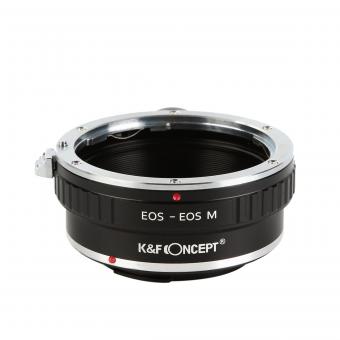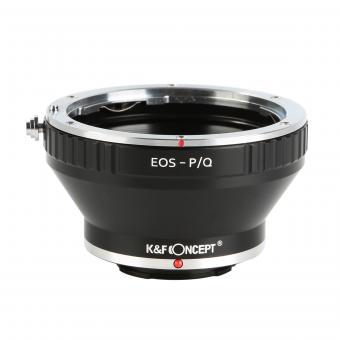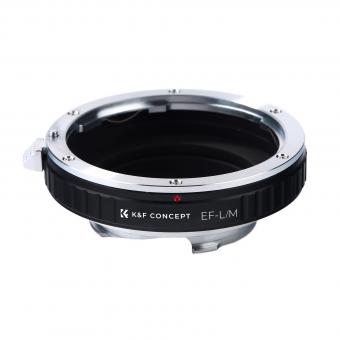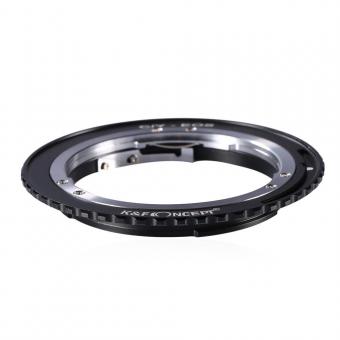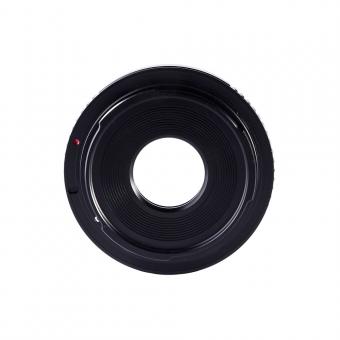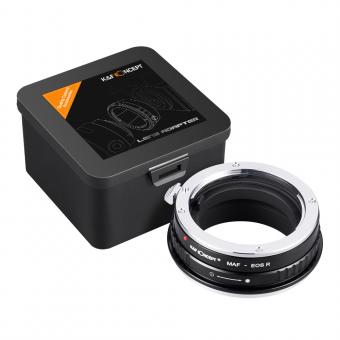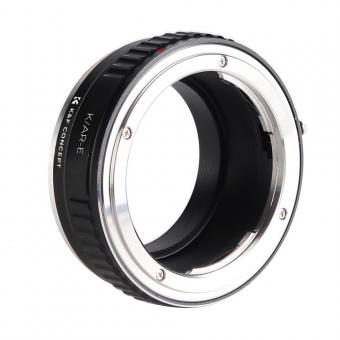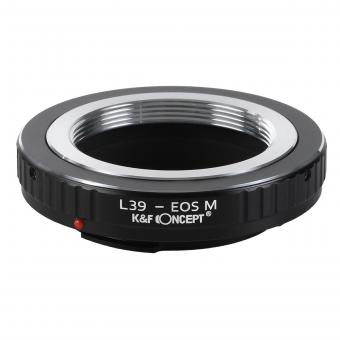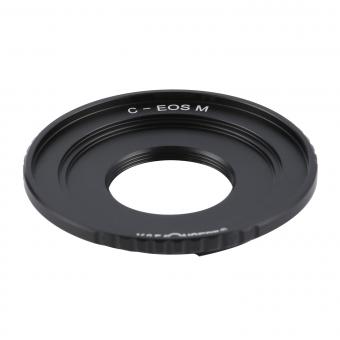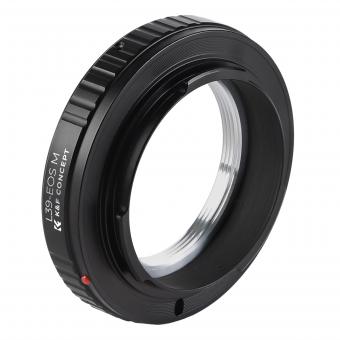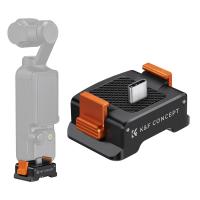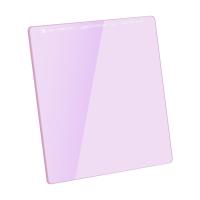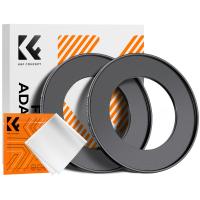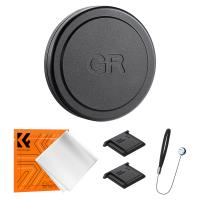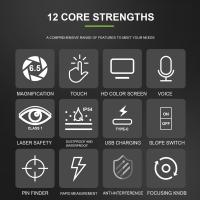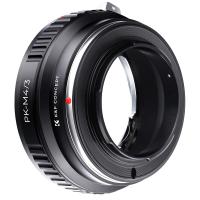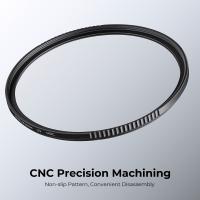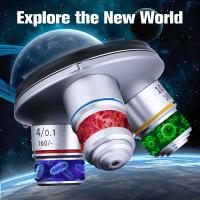What Is A Canon Ef Mount ?
The Canon EF mount is a lens mount system used by Canon for its line of interchangeable lens cameras. It was introduced in 1987 and has since become the standard lens mount for Canon's full-frame and APS-C sensor cameras. The EF mount is characterized by its large diameter and short flange focal distance, which allows for a wide range of lens compatibility and flexibility. It supports autofocus, electronic aperture control, and various lens features such as image stabilization. The EF mount has been widely adopted by professional photographers and enthusiasts due to its extensive lens lineup and compatibility with Canon's DSLR and mirrorless cameras.
1、 Canon EF Mount: Overview and Compatibility
The Canon EF mount is a lens mount system developed by Canon for its line of EOS (Electro-Optical System) cameras. It was introduced in 1987 and has since become the standard lens mount for Canon's full-frame and APS-C sensor cameras. The EF mount is characterized by its large diameter and short flange focal distance, which allows for a wide range of lens compatibility and flexibility.
One of the key advantages of the Canon EF mount is its compatibility with a vast array of lenses. Canon offers a wide range of EF lenses, including prime lenses, zoom lenses, and specialty lenses, catering to various photography needs. Additionally, third-party lens manufacturers such as Sigma, Tamron, and Tokina also produce lenses with the EF mount, further expanding the options available to photographers.
The EF mount is designed to accommodate both full-frame and APS-C sensor cameras, making it versatile for different shooting scenarios. Full-frame cameras utilize the entire image sensor, providing a wider field of view and better low-light performance. APS-C cameras, on the other hand, have a smaller sensor size, resulting in a narrower field of view and a crop factor. However, EF lenses can be used interchangeably between these two types of cameras, allowing photographers to switch between different camera bodies without needing to invest in new lenses.
In recent years, Canon has introduced the RF mount, which is designed specifically for its mirrorless cameras. While the RF mount offers some advantages over the EF mount, such as a wider diameter and shorter flange focal distance, the EF mount remains highly relevant and widely used. Canon continues to release new EF lenses, ensuring that photographers can still enjoy the benefits of this mount system.
Overall, the Canon EF mount is a versatile and widely compatible lens mount system that has stood the test of time. Its extensive lens selection and compatibility with both full-frame and APS-C cameras make it a popular choice among photographers of all levels.
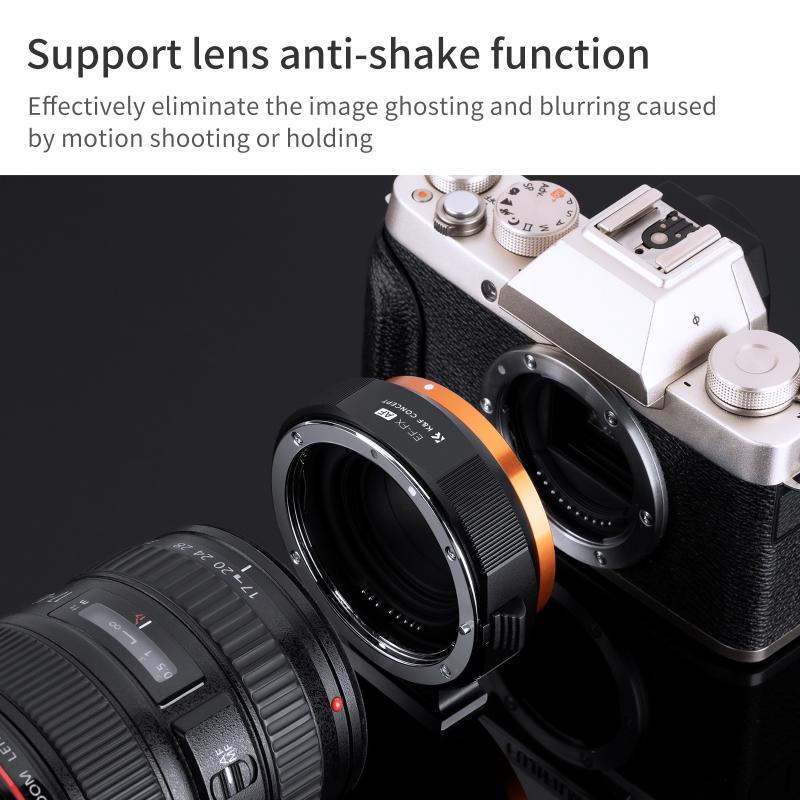
2、 EF Mount vs. EF-S Mount: Key Differences
The Canon EF mount is a lens mount system used by Canon for its line of EOS cameras. It was introduced in 1987 and has since become the standard lens mount for Canon's full-frame and APS-C sensor cameras. The EF mount is compatible with a wide range of Canon lenses, including prime lenses, zoom lenses, and specialty lenses.
The EF mount is known for its versatility and compatibility. It allows for the use of both EF lenses, which are designed for full-frame cameras, and EF-S lenses, which are designed specifically for APS-C sensor cameras. This means that photographers can use a wide variety of lenses with their Canon cameras, regardless of the sensor size.
EF lenses are designed to cover the full-frame sensor size, which is 36mm x 24mm. They offer excellent image quality and are often preferred by professional photographers. EF-S lenses, on the other hand, are designed for the smaller APS-C sensor size, which is 22.3mm x 14.9mm. They are generally more affordable and compact, making them a popular choice for entry-level and amateur photographers.
One key difference between the EF and EF-S mounts is the image circle coverage. EF lenses have a larger image circle, which means they can cover the full-frame sensor size. EF-S lenses, on the other hand, have a smaller image circle that matches the APS-C sensor size. This difference in image circle coverage is what allows EF-S lenses to be more compact and affordable.
In recent years, Canon has also introduced a new lens mount system called the RF mount. The RF mount is designed for Canon's mirrorless cameras and offers several advantages over the EF mount, including a wider lens mount diameter and improved autofocus capabilities. However, the EF mount remains a popular choice for many photographers, especially those who already own a collection of EF lenses.
In conclusion, the Canon EF mount is a versatile lens mount system that allows for the use of both EF and EF-S lenses. It offers compatibility with a wide range of lenses and is suitable for both full-frame and APS-C sensor cameras. While the RF mount has gained popularity in recent years, the EF mount continues to be widely used and supported by Canon.
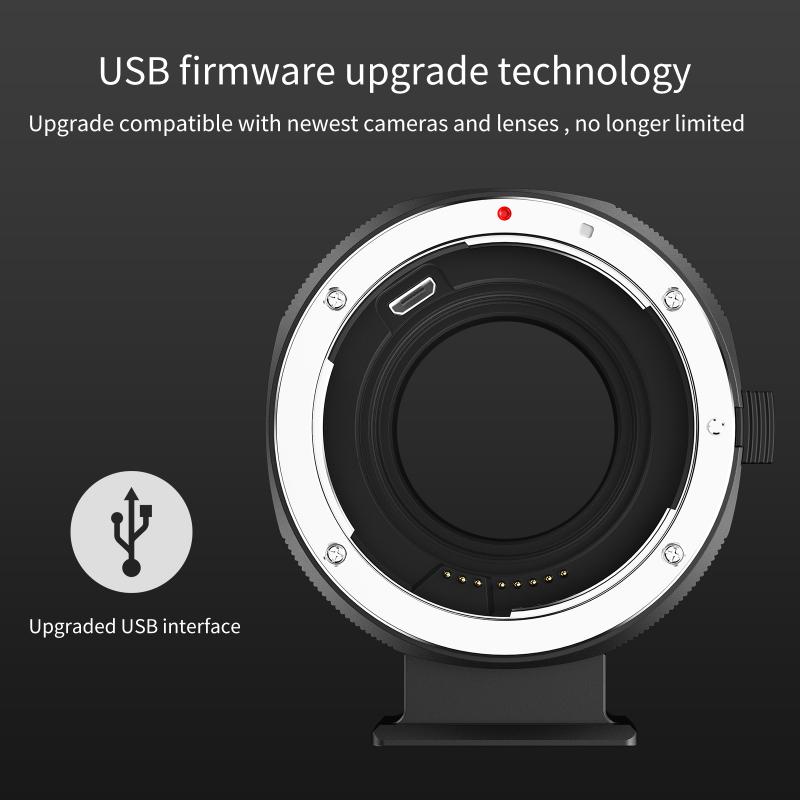
3、 Canon EF Mount: Lens Communication and Autofocus System
The Canon EF mount is a lens mount system developed by Canon for their line of EOS (Electro-Optical System) cameras. It was introduced in 1987 and has since become the standard lens mount for Canon's full-frame and APS-C sensor cameras.
The EF mount is characterized by its electronic communication and autofocus capabilities. It allows for seamless communication between the camera body and the lens, enabling features such as autofocus, aperture control, and lens information exchange. This communication is facilitated by a series of electrical contacts on both the lens and the camera body.
One of the key advantages of the EF mount is its compatibility with a wide range of lenses. Canon has an extensive lineup of EF lenses, ranging from wide-angle to telephoto, prime to zoom, and standard to specialized lenses. This versatility allows photographers to choose from a vast selection of lenses to suit their specific needs and shooting styles.
In recent years, Canon has introduced new advancements to the EF mount system. For example, the introduction of the EF-S mount, which is a variation of the EF mount, allows for the use of lenses specifically designed for APS-C sensor cameras. Additionally, Canon has introduced new technologies such as image stabilization and ultrasonic autofocus motors, further enhancing the capabilities of EF mount lenses.
Overall, the Canon EF mount is a robust and versatile lens mount system that has stood the test of time. It continues to be a popular choice among photographers due to its wide range of lens options and advanced communication and autofocus capabilities.
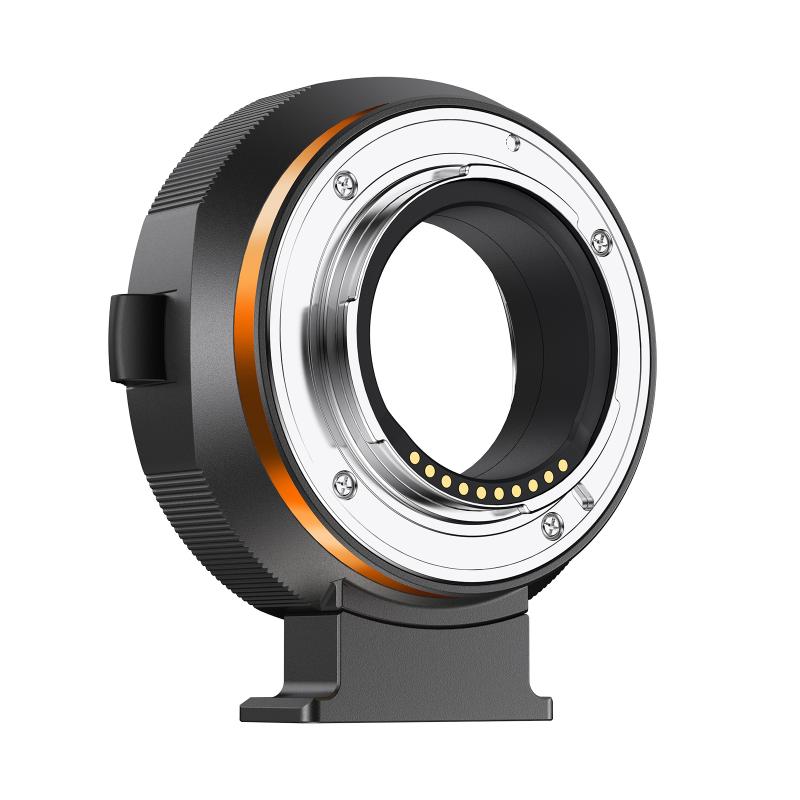
4、 EF Mount: Lens Selection and Versatility
The Canon EF mount is a lens mount system used by Canon for its line of EOS (Electro-Optical System) cameras. It was introduced in 1987 and has since become the standard lens mount for Canon's full-frame and APS-C sensor cameras.
The EF mount is known for its wide lens selection and versatility. Canon offers a vast range of EF lenses, including prime lenses, zoom lenses, and specialty lenses, catering to various photography needs. These lenses cover a wide range of focal lengths, from ultra-wide-angle to super-telephoto, allowing photographers to capture a diverse range of subjects and scenes.
One of the key advantages of the EF mount is its compatibility with both full-frame and APS-C sensor cameras. This means that EF lenses can be used on both types of cameras without any loss in image quality. Additionally, Canon's EF-S lenses, specifically designed for APS-C sensor cameras, can also be used on full-frame cameras with a crop factor applied.
In recent years, Canon has expanded its lens lineup to include innovative technologies such as image stabilization, fast and silent autofocus, and advanced optical designs. These advancements have further enhanced the performance and capabilities of EF lenses, making them highly sought after by professional photographers and enthusiasts alike.
Overall, the Canon EF mount offers photographers a wide range of lens options and the flexibility to adapt to different shooting situations. With its continued evolution and advancements, the EF mount remains a reliable and versatile lens system for Canon EOS cameras.


